Introduction.
On 1 January 2024, I attended Mass at the Catholic Church in Japan. After Mass, I went to Kosho-ji Temple in Yagoto, Nagoya, to see a normal Japanese New Year’s visit.
The Kosho-ji temple

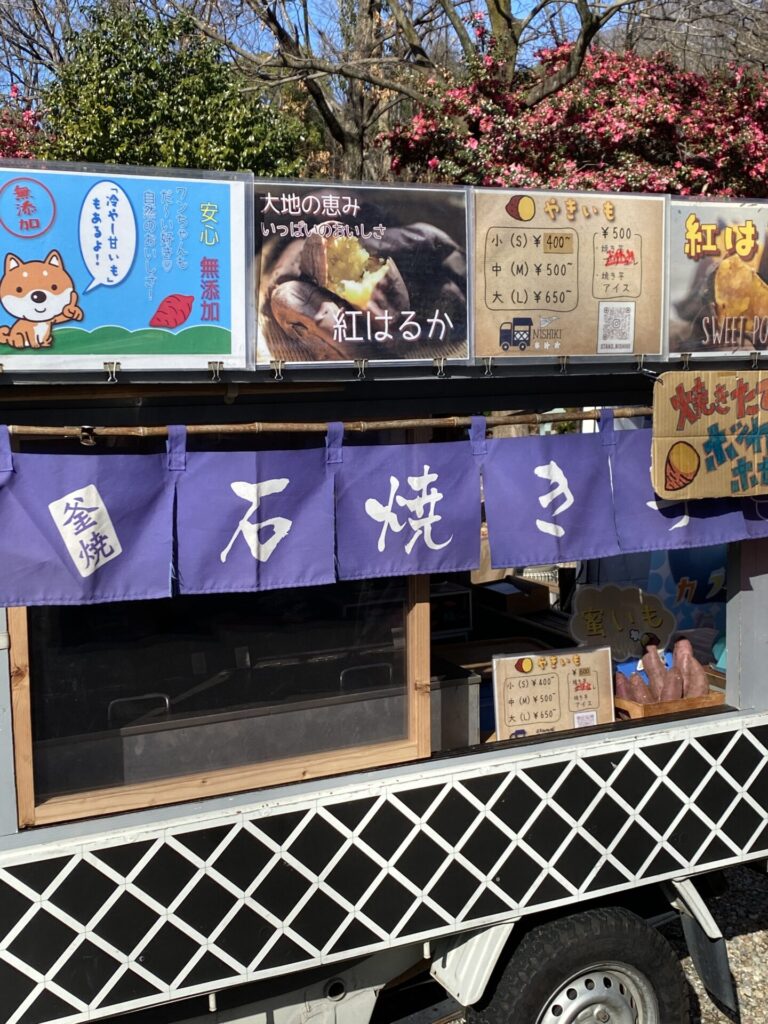

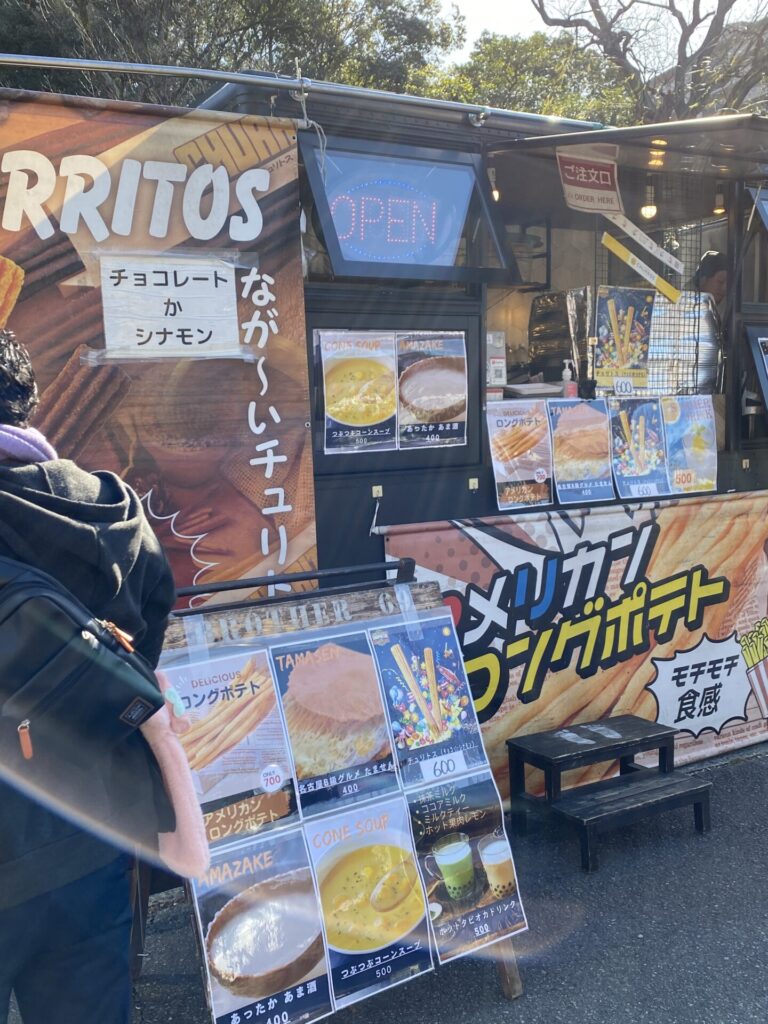
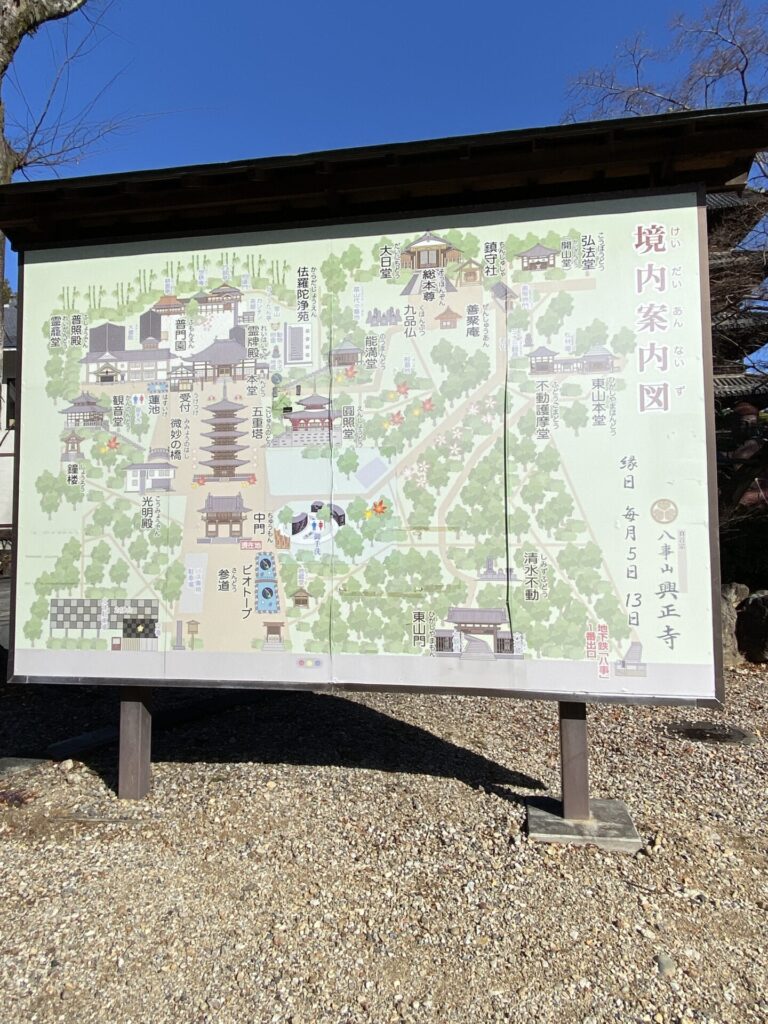
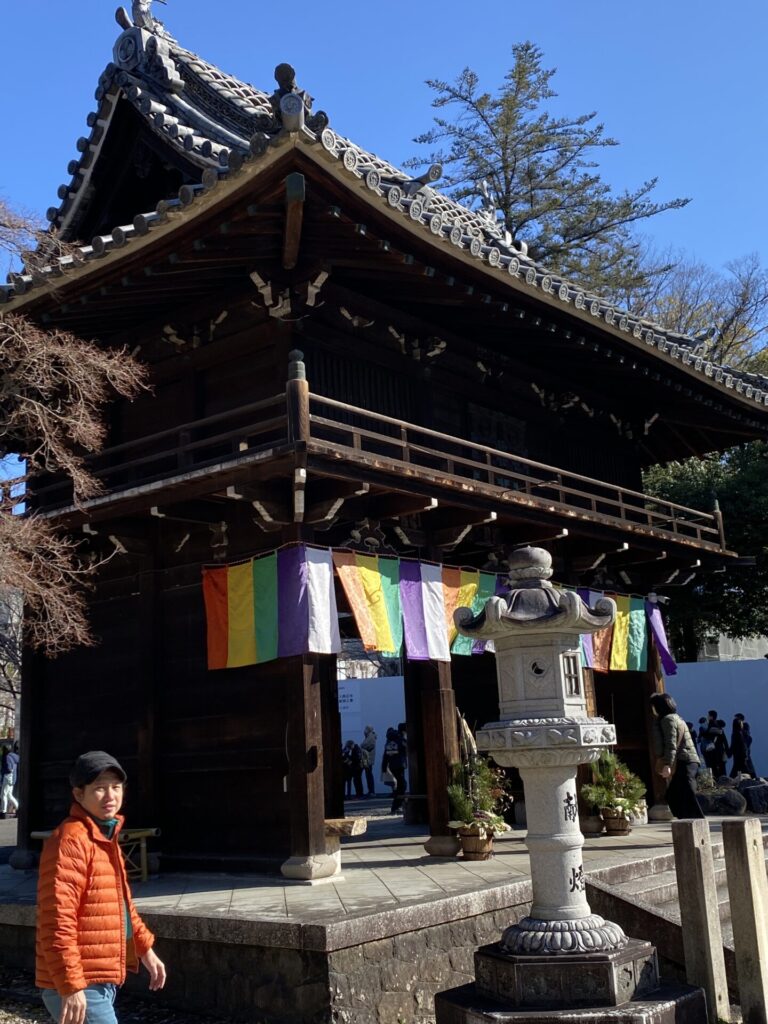
Kosho-ji Temple is the family temple (where the graves of successive heads of the family are located) of the Owari Tokugawa family, a branch of the Tokugawa family that ruled Japan from the 17th to 19th centuries. The temple grounds were lined with stalls selling frankfurters and crepes, and were crowded with people. Perhaps the element of a kind of festival is more important than the aspect of a religious ceremony.
Japanese religious beliefs
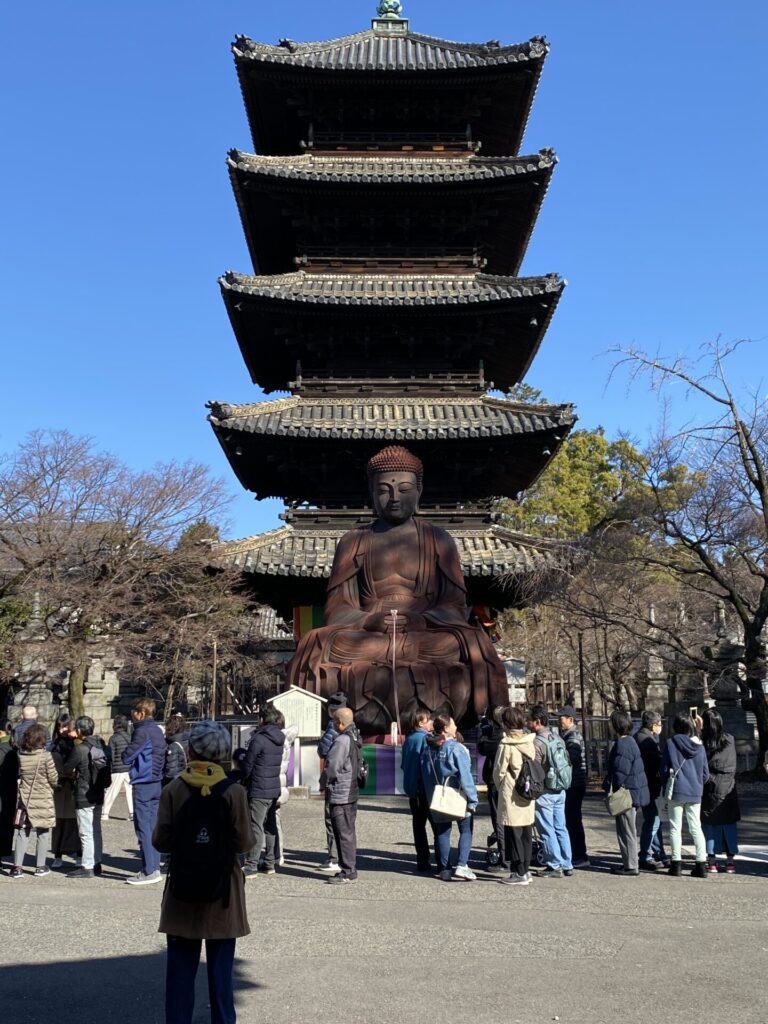
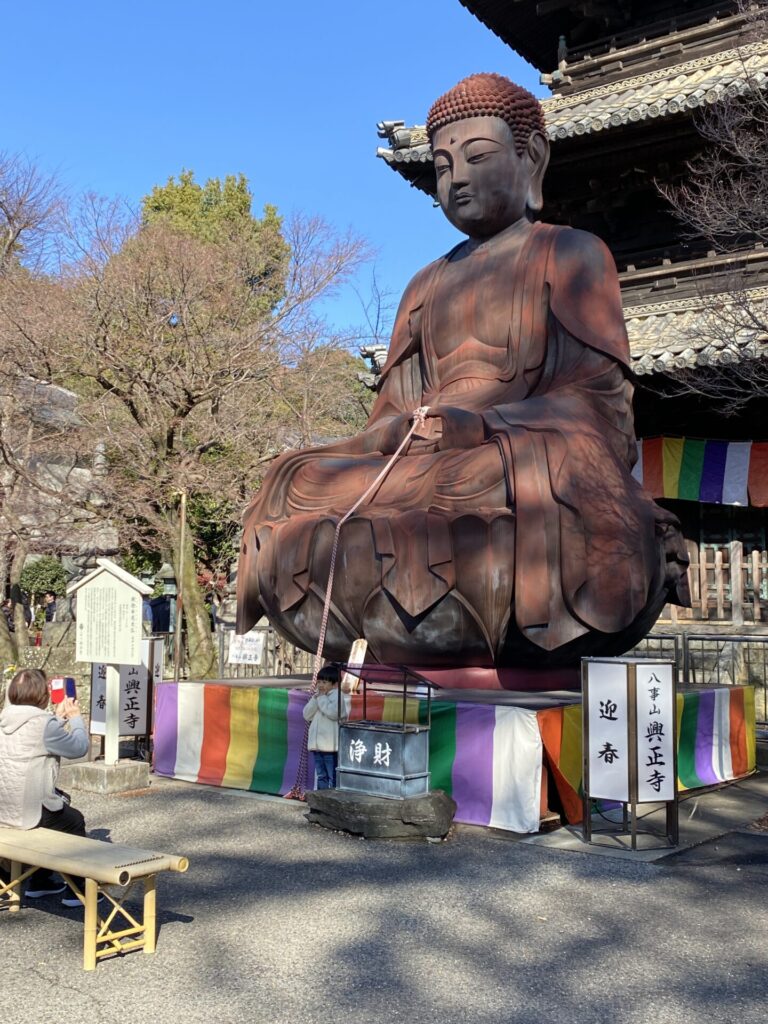


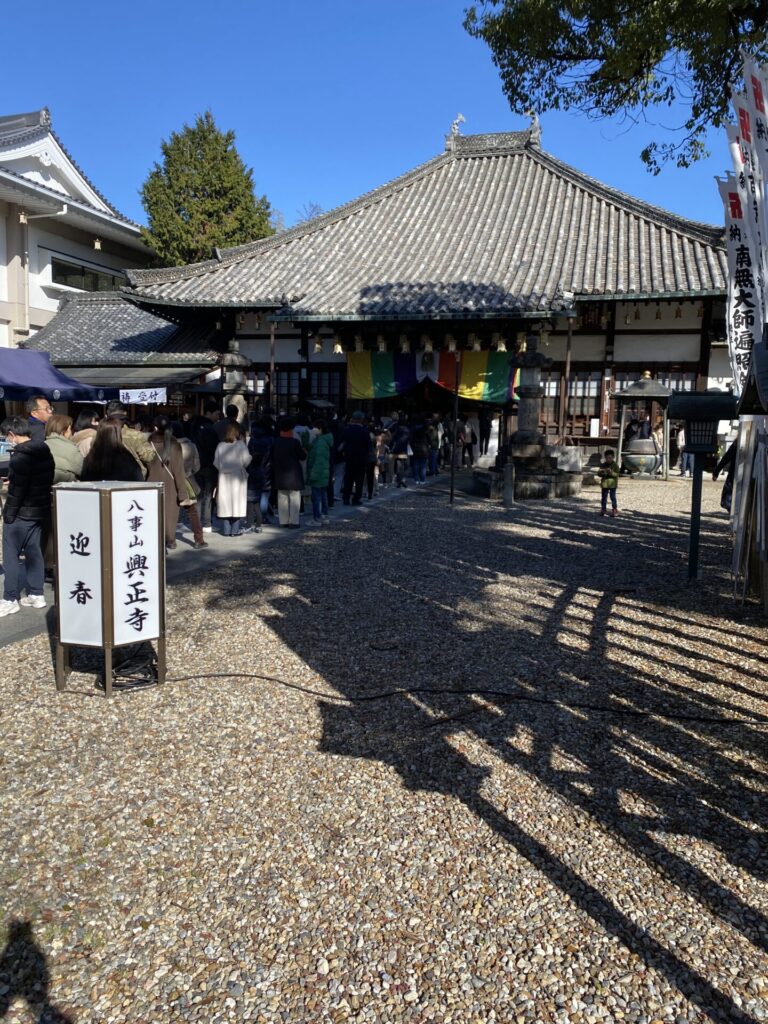

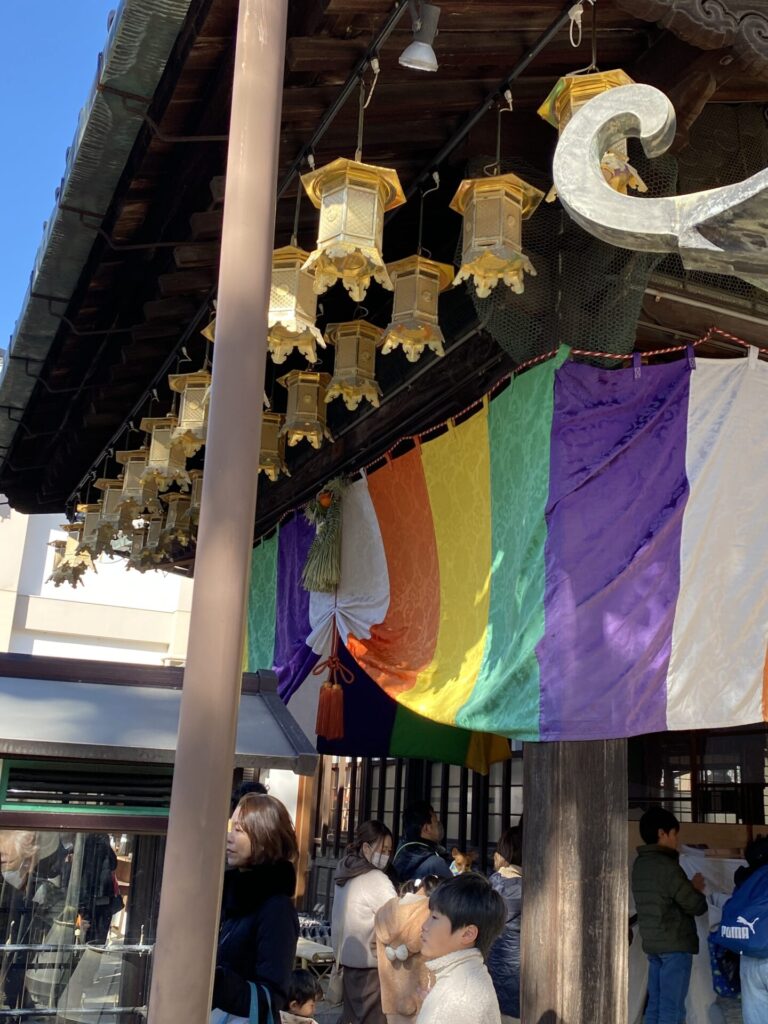
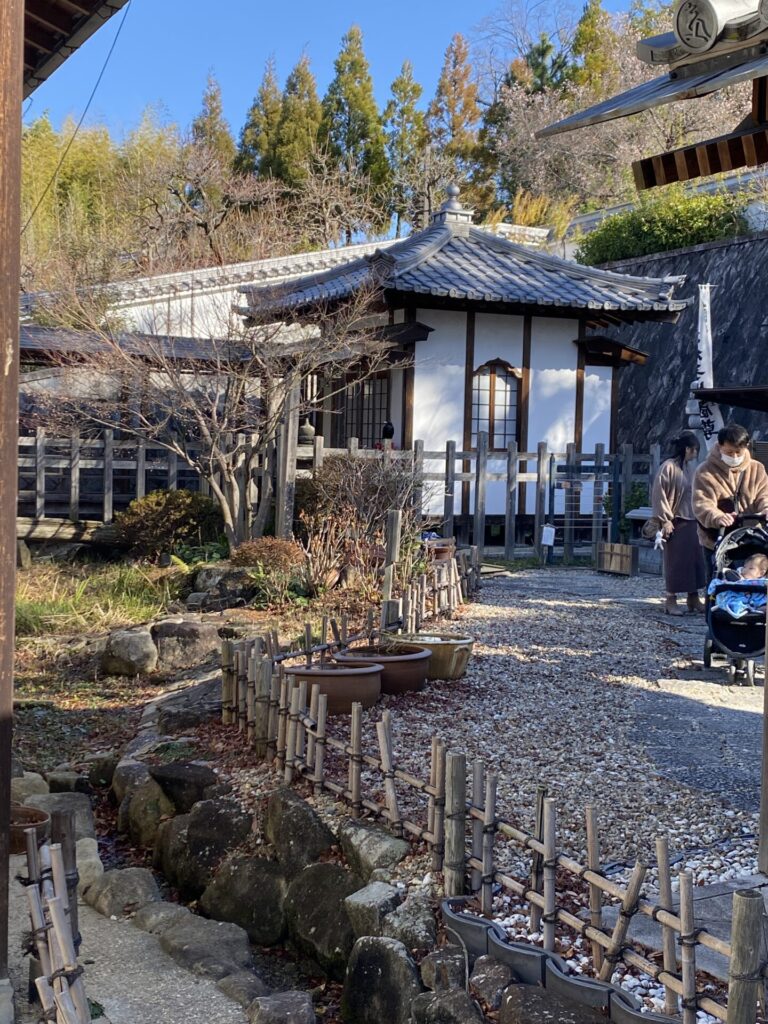
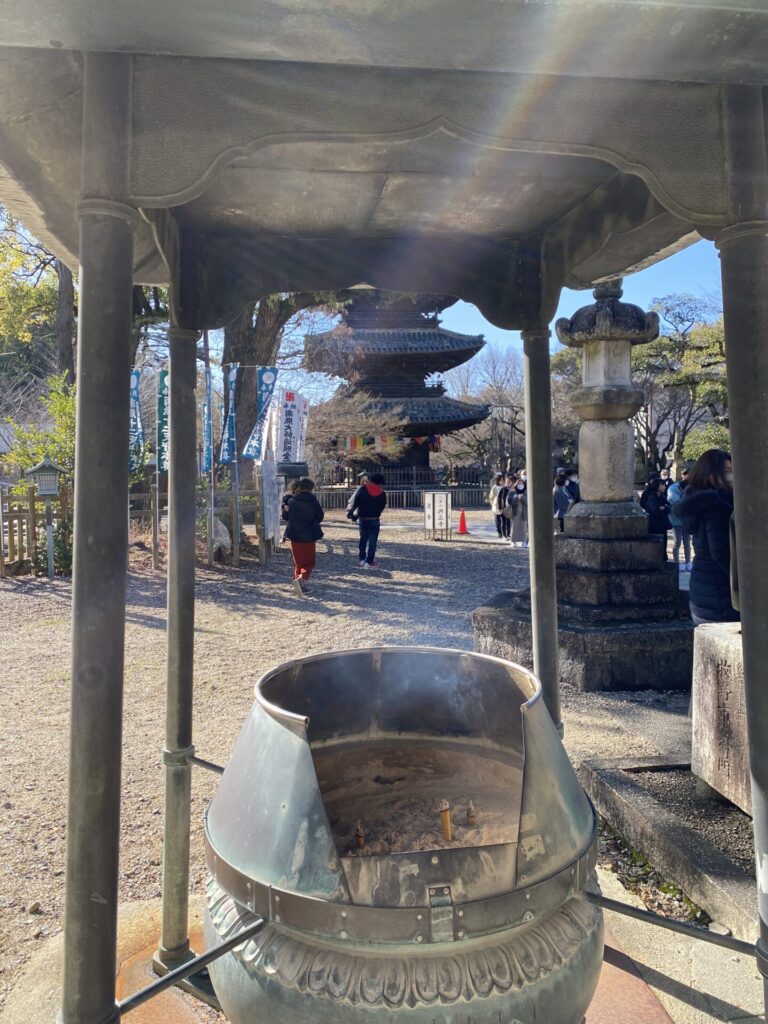
Although most Japanese people usually say that they are atheists and do not believe in God, many people come to New Year’s to pray to God and Buddha for a happy new year. This may have something to do with the fact that Buddhism in Japan is a unique religion that has merged with the indigenous religions of Japan and has deviated considerably from the original Buddhism.
Buddhism in Japan
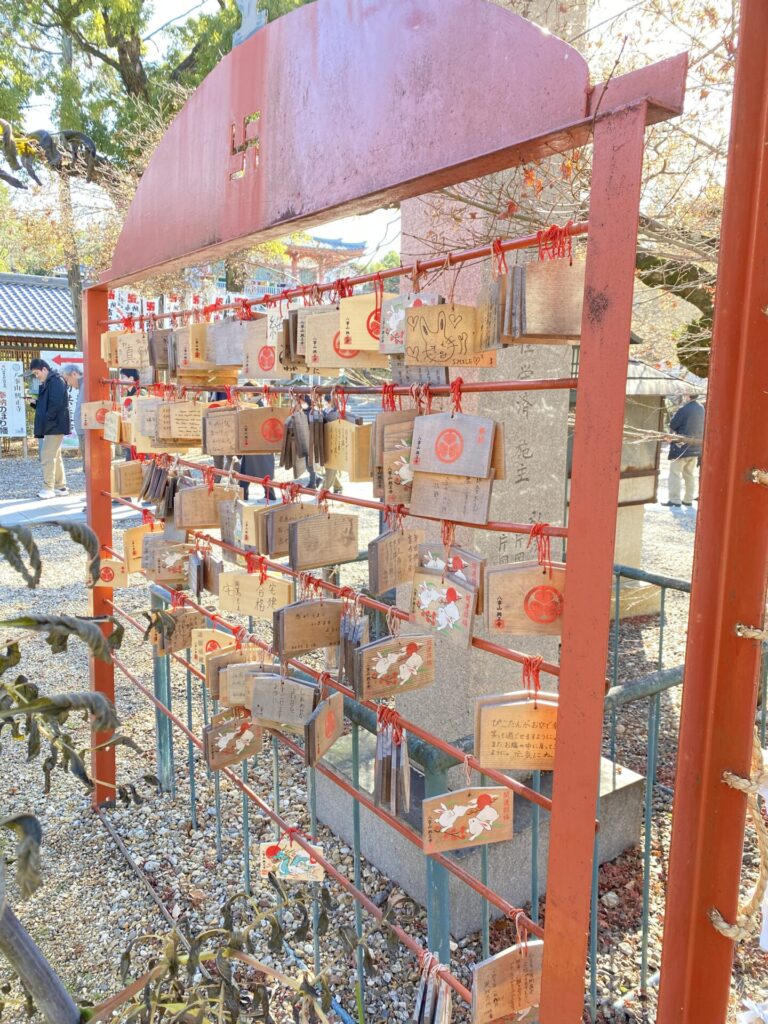

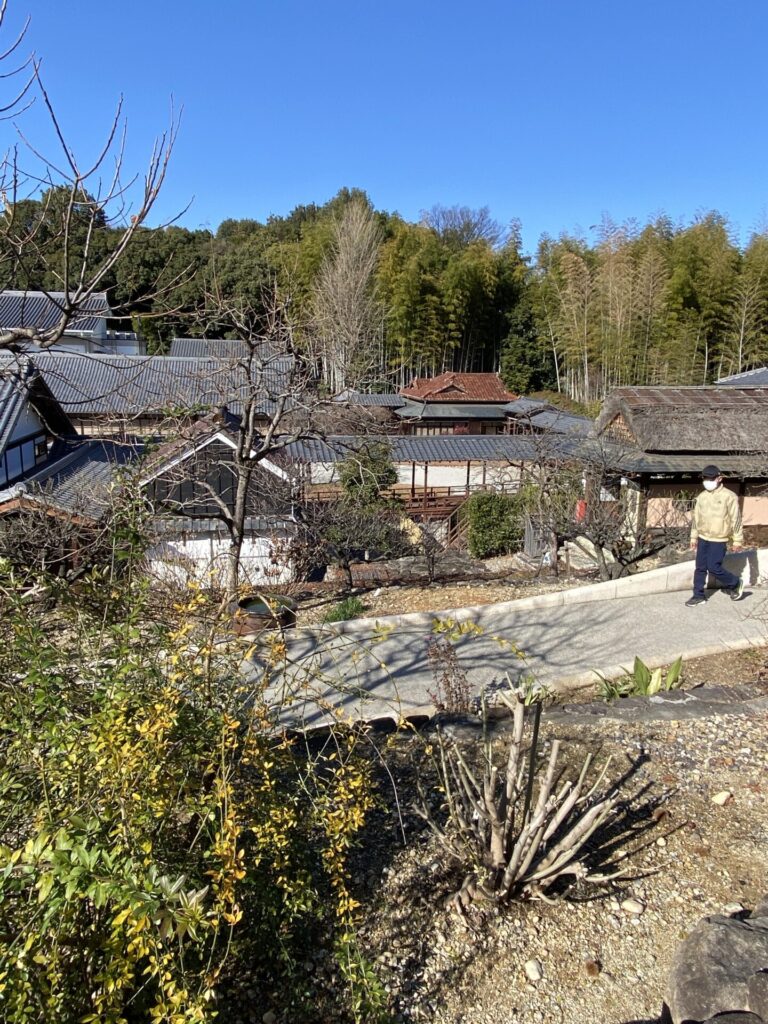
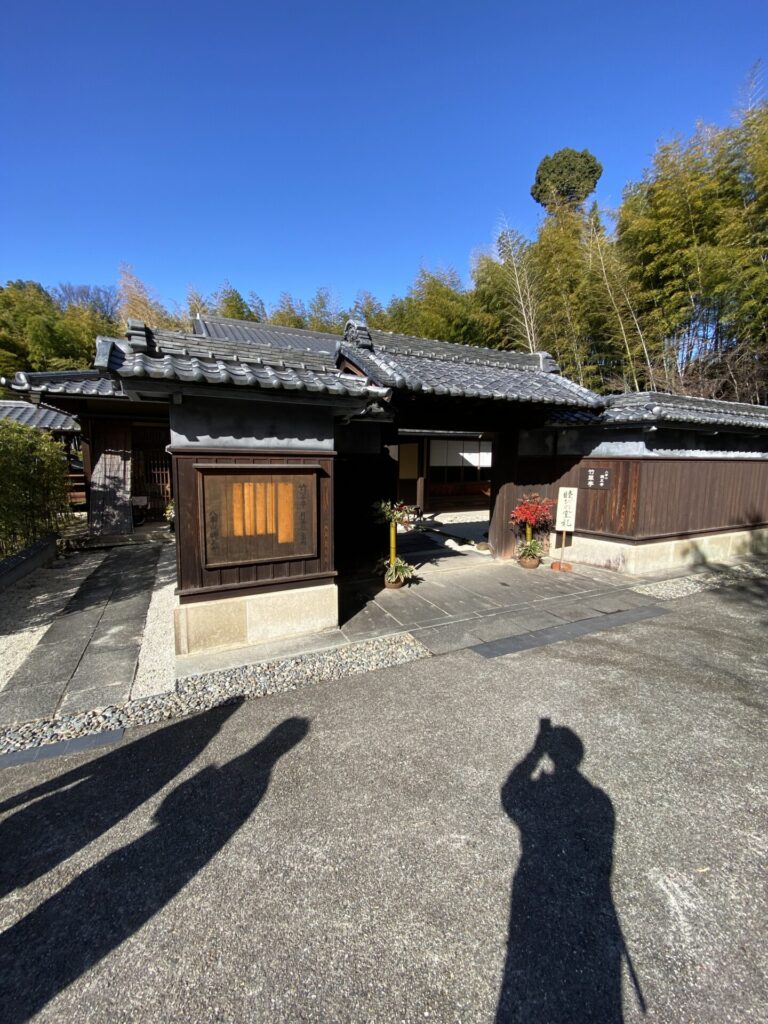
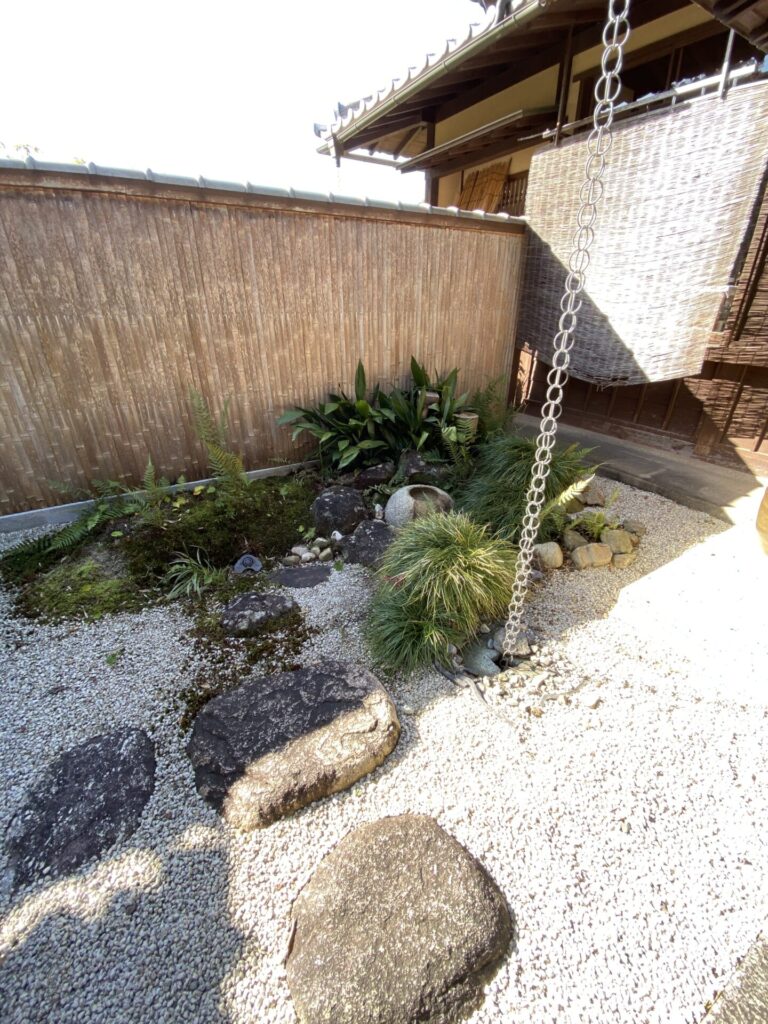


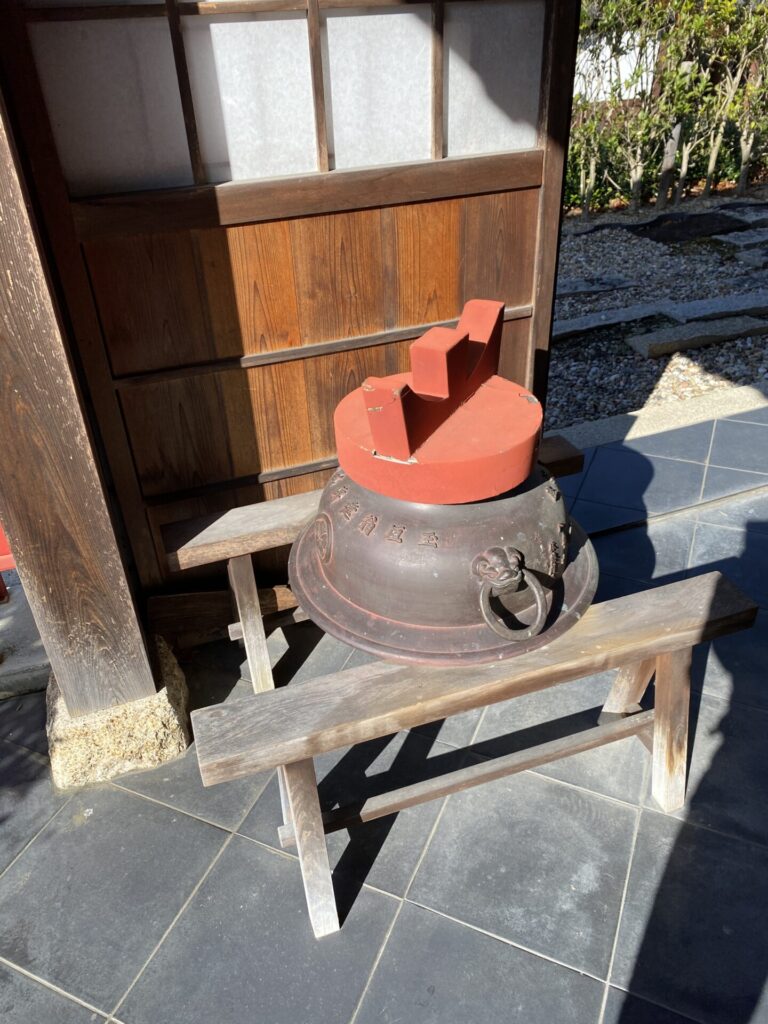

In Japanese Buddhism, many Japanese people seem to believe that the gods and Buddha are basically satisfied as long as they perform rituals. So, although they join hands in front of the gods and Buddha, they are not asked to reconsider their way of life or anything like that, nor have they ever bothered to do so. Most people who come to Buddhist temples do not know what the Buddha taught. They have never read the sutras and rarely have the opportunity to listen to them. I am from the countryside. Children in the community were gathered in Buddhist temples to learn how to read the sutras, but they were never taught the content of the sutras written in the old Chinese language. In Japanese Buddhism, Sutras are merely a series of incantations.
Hatsumode at Kosho-ji Temple
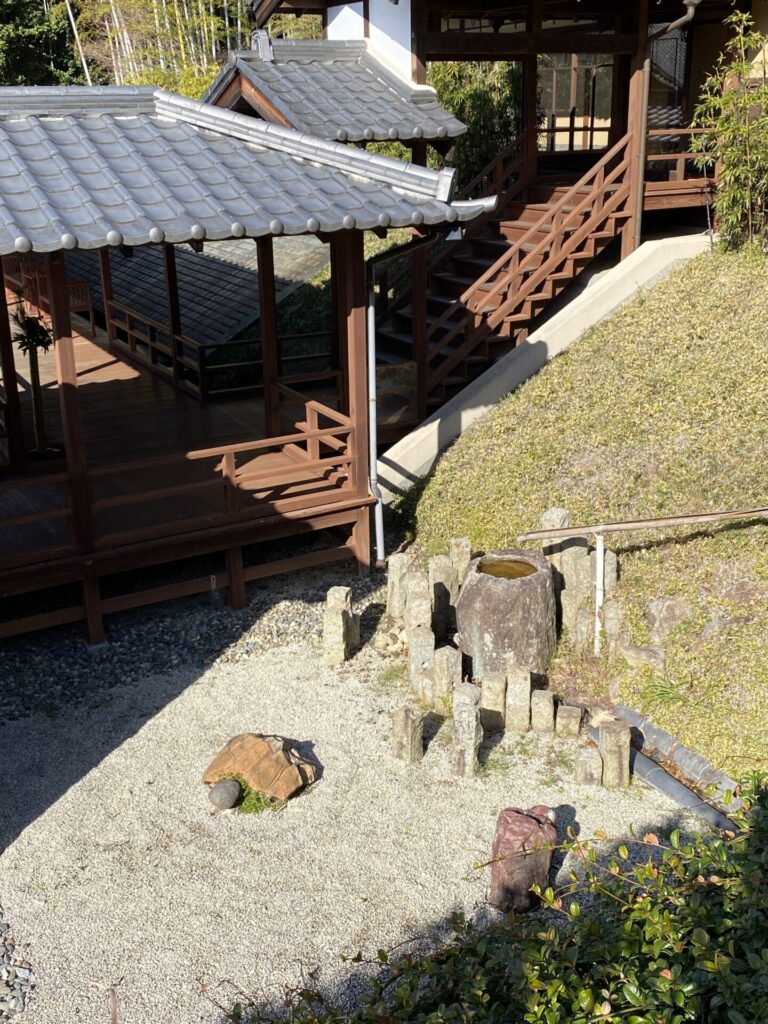
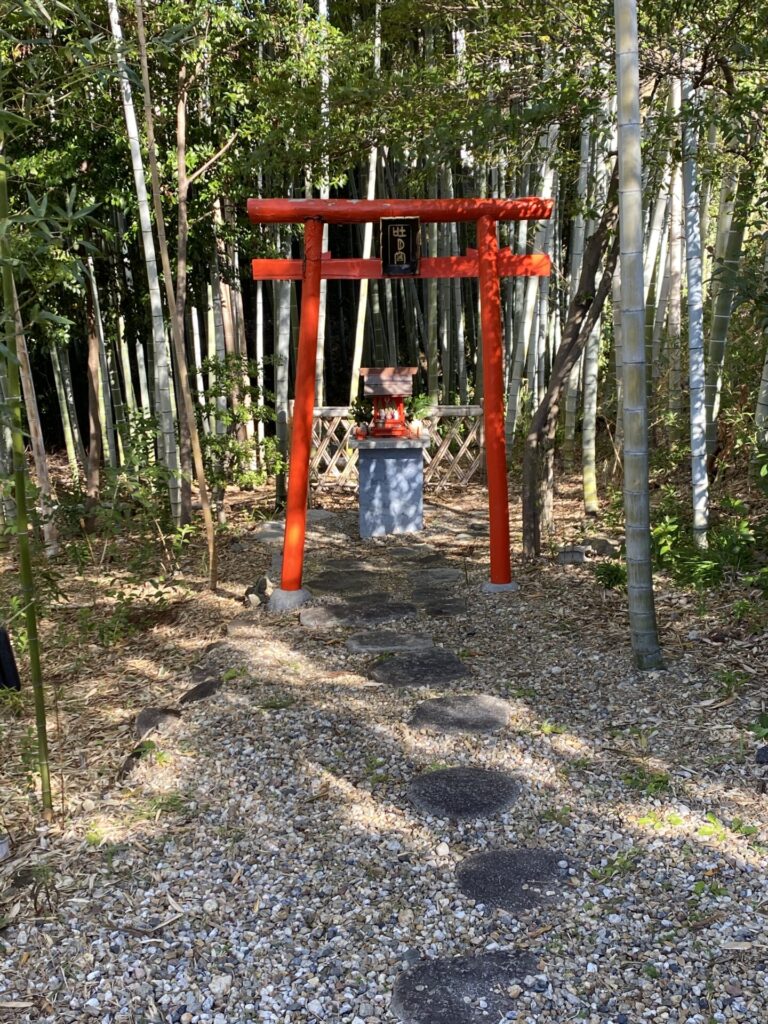

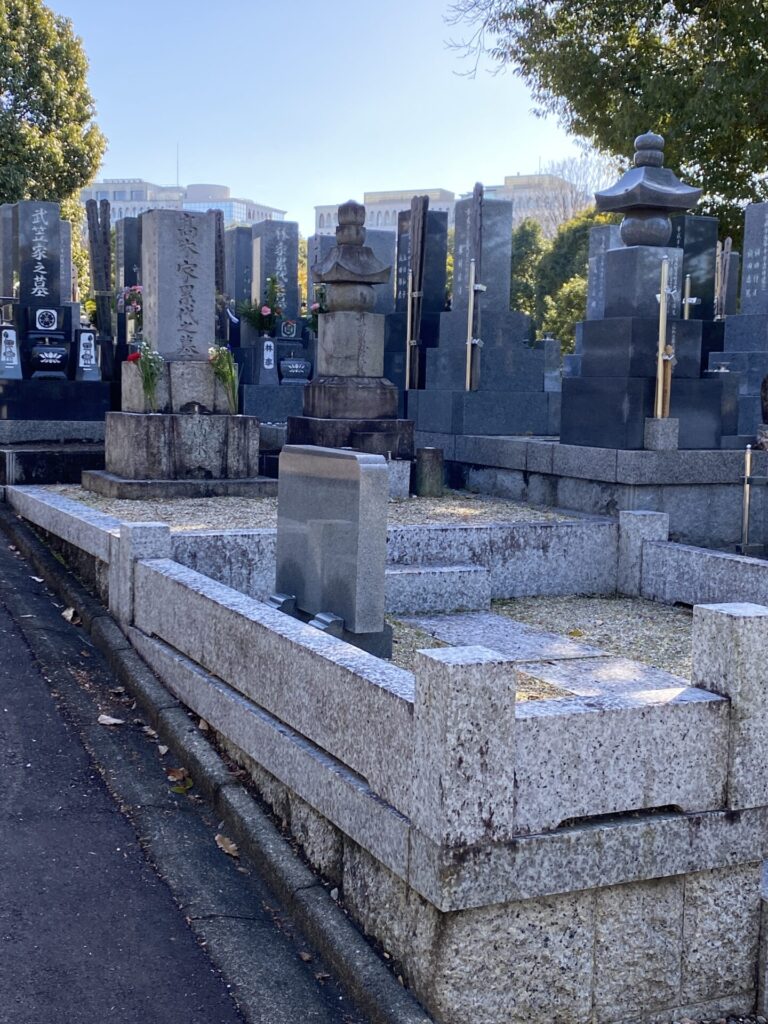
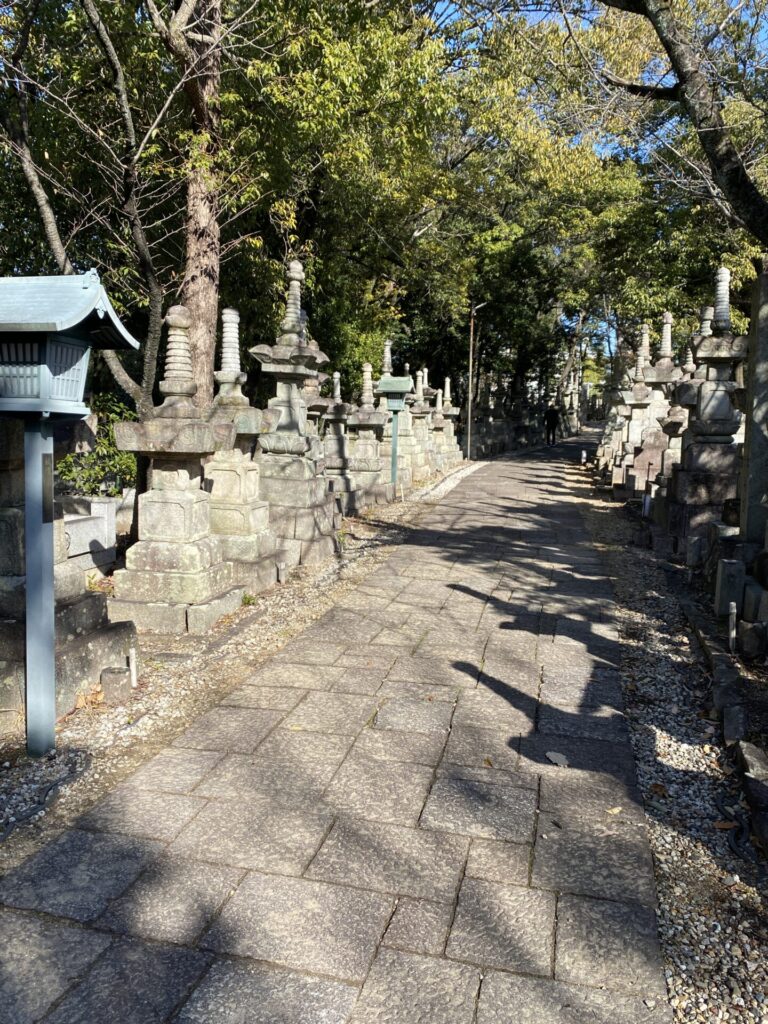
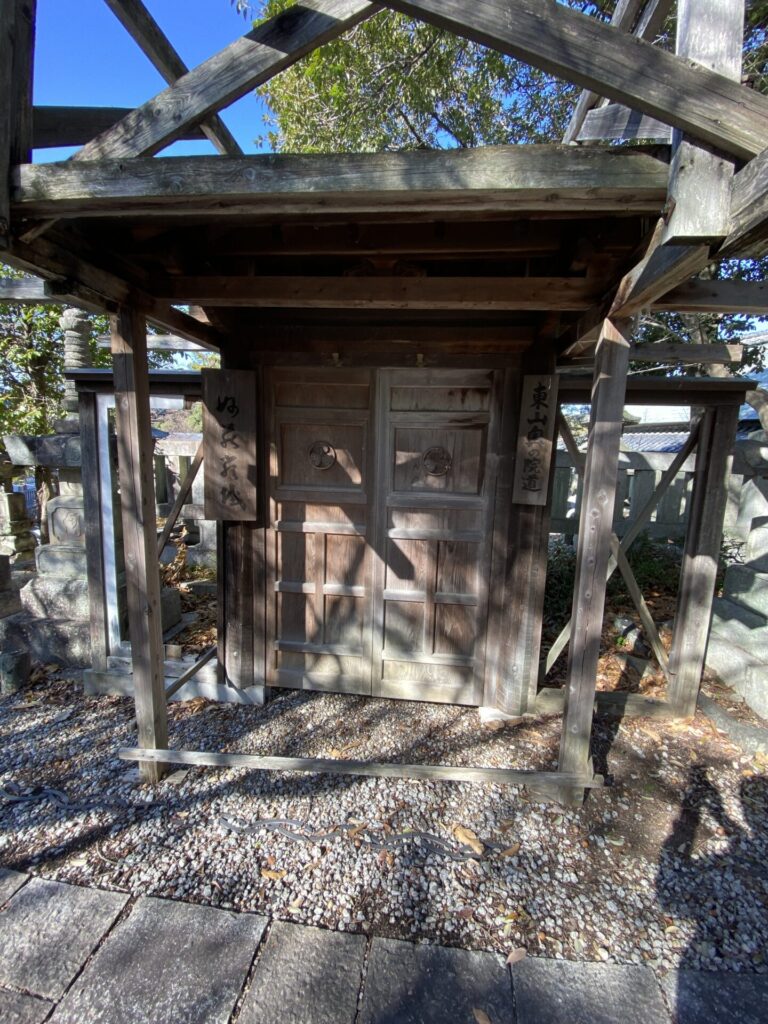

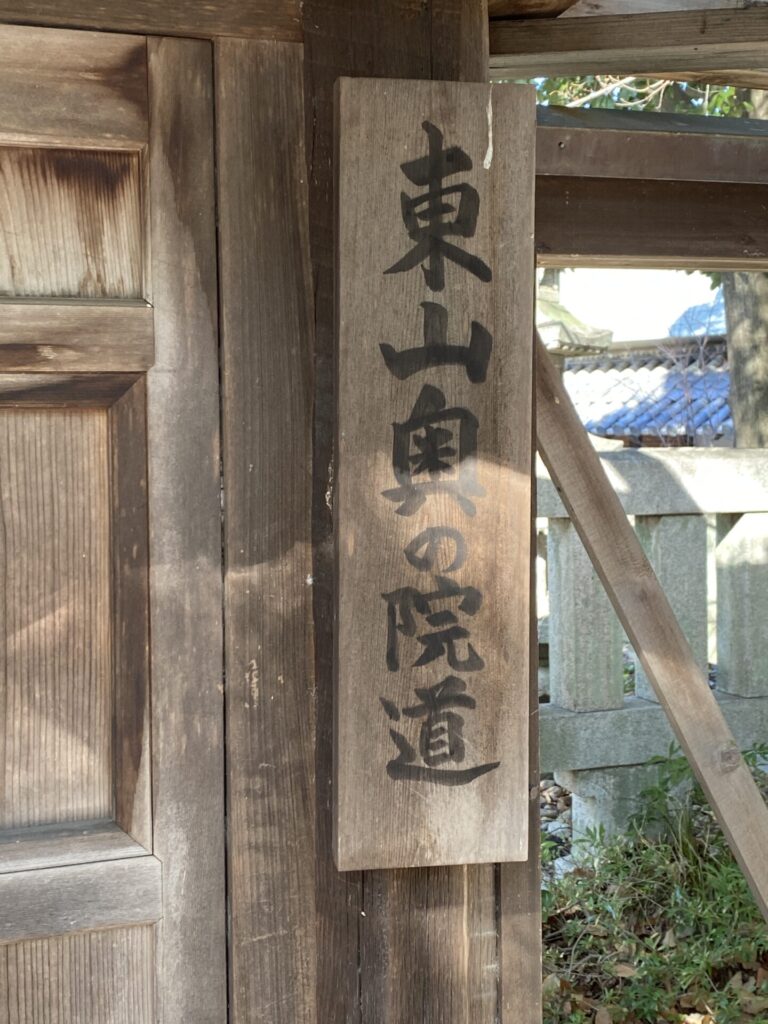

Many Buddhist statues are enshrined in the precincts of Kosho-ji Temple. Among them, there was a queue of nearly 100 metres long just to momentarily join hands in front of the main deity, Yakushi Nyorai, to wish him a happy new year.
Worship at Hatsumode

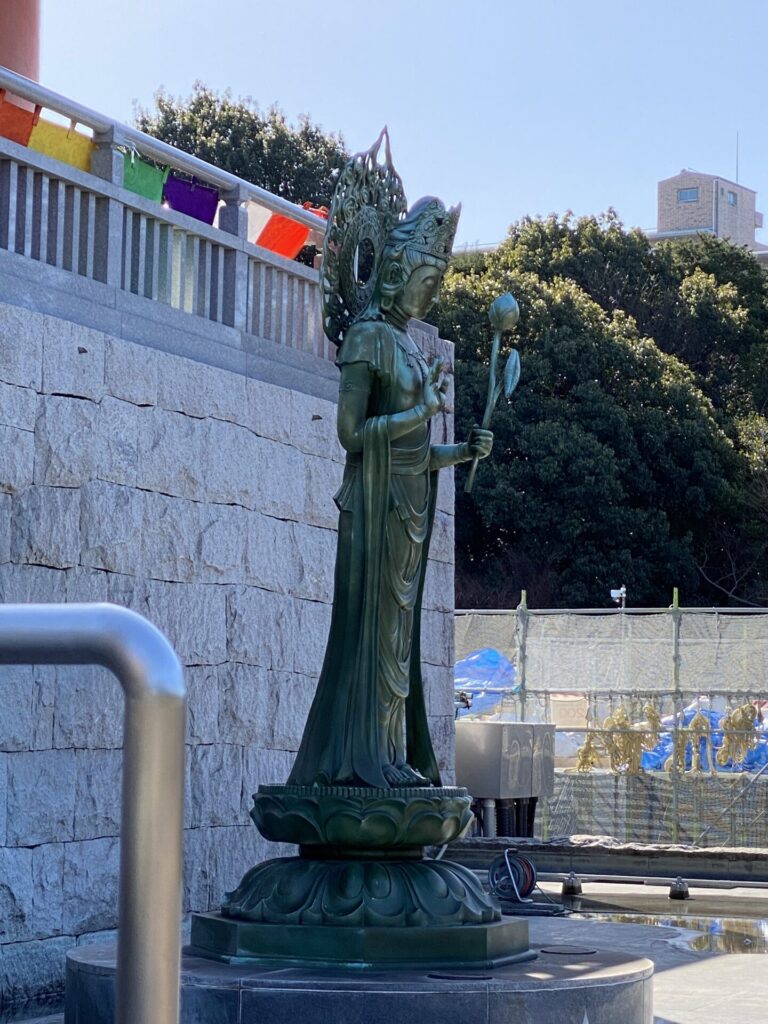

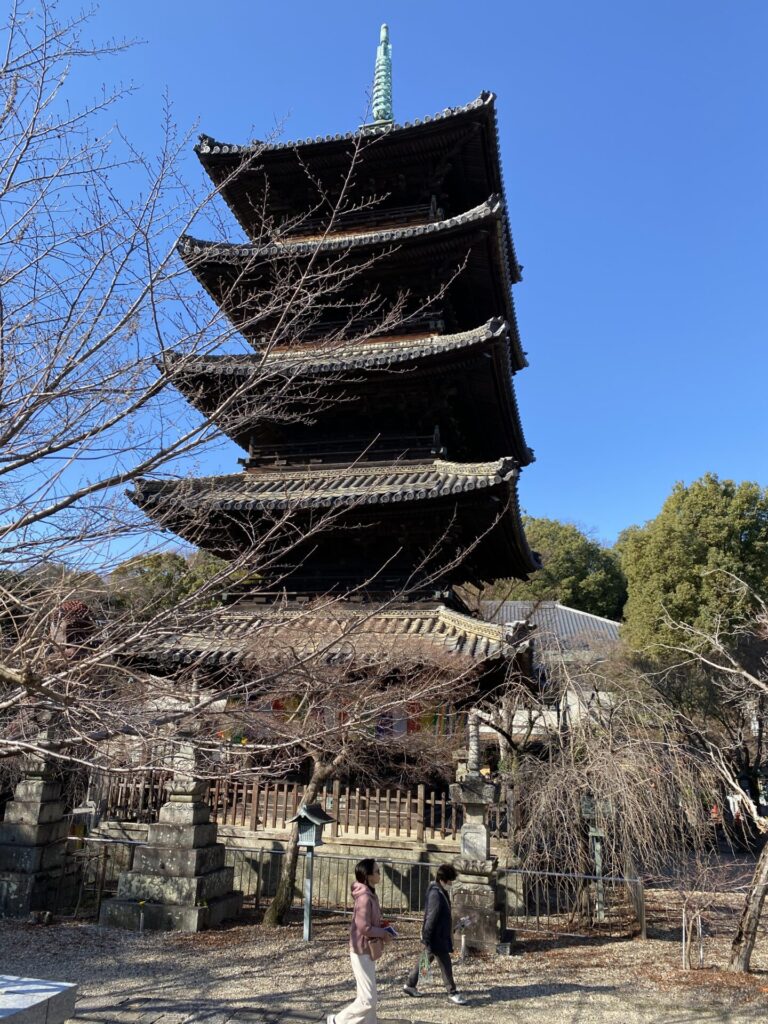
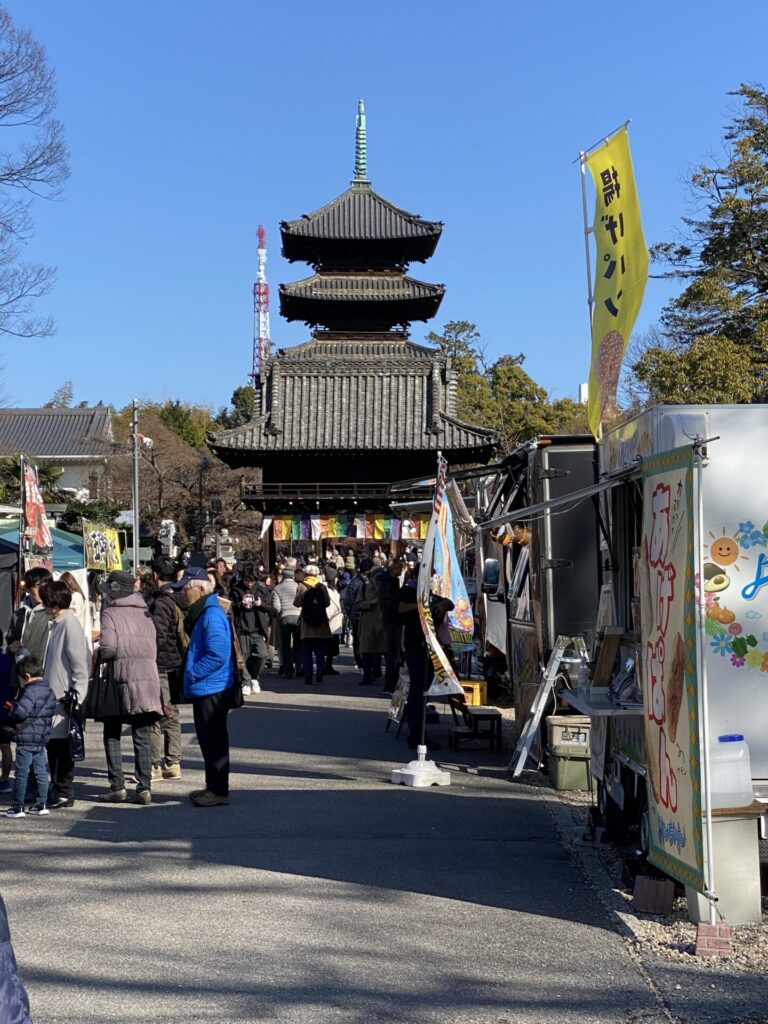
At Hatsumode at Kosho-ji Temple, the service ends after only 20 seconds of hand-joining at most. There is no hour-long praise, prayer or thanksgiving to God as in Catholic churches, or listening to Bible readings and thinking about whether they are hearing God’s message. Most Japanese remain unaware of what Buddhism teaches.
Conclusion.
During Hatsumode in Japan, people pray for a happy new year by putting their hands together with God and Buddha, offering money and buying good luck charms. However, it is only a formality and has no deep religious significance.
Message to foreigners
Hatsumode in Japan is an expression of the country’s unique religious culture. If you are interested in Japanese religious culture, you should definitely visit. You may not be able to understand Japanese religion just by seeing Hatsumode in Japan. Japan is on the fringes of the continent and its beliefs, unlike the highly doctrinaire monotheistic religions, probably retain a primitive hue from the beginning of the faith.



コメント